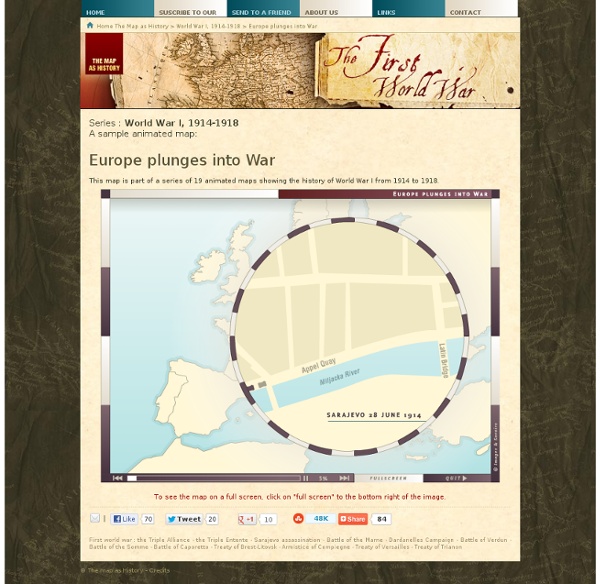



Over the Top - A First World War Free Online Adventure Game Introduction Over the Top is an interactive adventure game that allows YOU to experience life in the trenches during the First World War. As a young Canadian soldier stationed somewhere along the Western Front in the late Fall of 1916, you will live through some of the excitement, despair, brutality and sheer horror of trench warfare. Over the Top is based on the real-life experiences of Canadians who lived and died in the trenches during the First World War. Throughout the story, you will come across many words and expressions that were quite common at the time. Your goal in Over the Top is the same as that of thousands of Canadians who served in the trenches during the First World War: merely to survive. So pick up your rifle, put on your helmet and get ready for a truly unique experience! *Flash Player version 6 required Best viewed at 800x600 resolution Low-Graphics Version Virtual Museum of Canada.
Conversations and Observations - Every Single Student Had a conversation with one of my Math Analysis students yesterday about the flipped class. I guess one our other math teachers decided to have the students do a statistical analysis with some data this teacher got on the flipped classroom that "proved" it doesn't affect student achievement. Several of my students are co-enrolled in both courses, so of course those that prefer the traditional classroom took it as an opportunity to loudly share their opinions in that class, while the others just kind of sat there quietly. I don't really want to discuss that situation any further, but more so what came about because of it. Anyways, this student who told me about it is one who loves the flipped class, so it was an interesting conversation to have. "Imagine I was teaching you about the Trig Functions today. I then asked him to take a glance around the classroom right then. EVERY SINGLE STUDENT was working. EVERY SINGLE STUDENT was engaged. Or, THEY are doing something right.